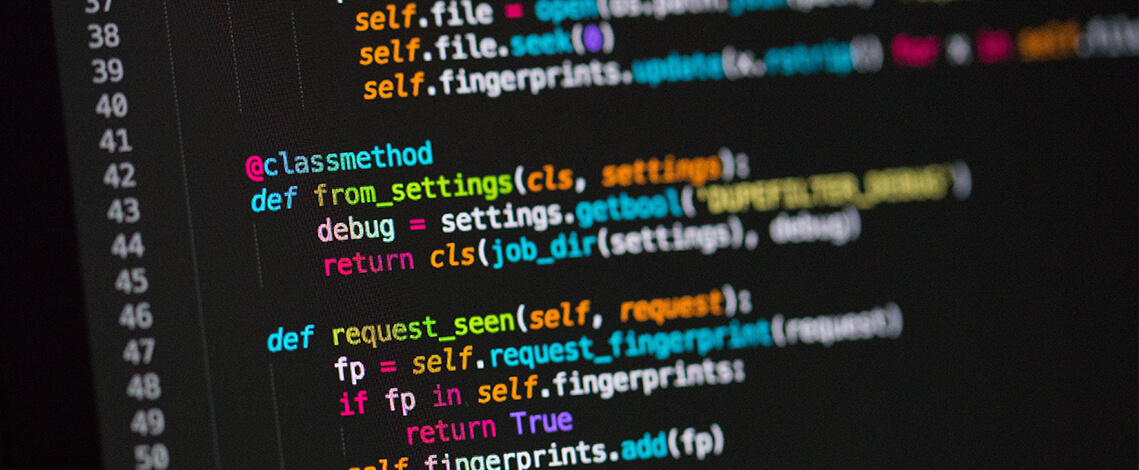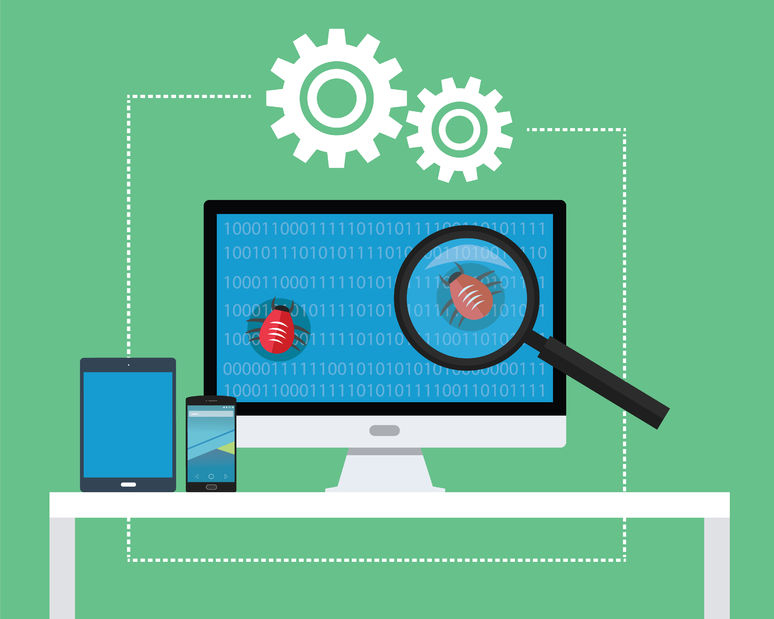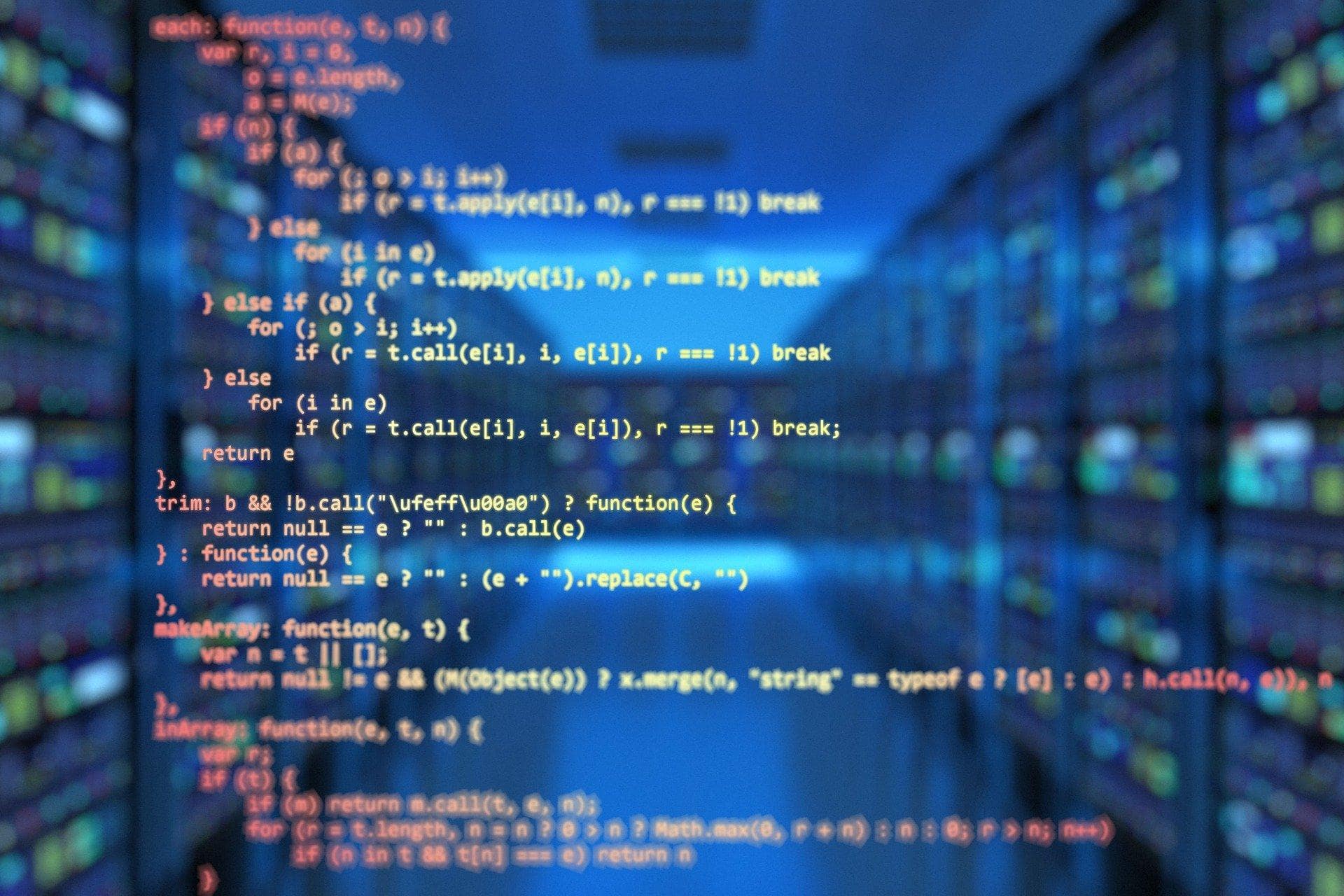To those that aren’t familiar with Static Code Analysis (SCA), it is a method of debugging any code without executing it. Why is it so important though? Well, developer all around the world isn’t just satisfied with writing any type of code. If you want to be the best out there your code has to have the best quality.
To achieve the biggest quality debugging your code is a primary concern ant that is where SCA comes into place. Now as to when the SCA is performed it can happen during the code writing process or in the early development phase. This can be viewed as a testing of the original code and it happens before you test the actual software.
If you are looking for a quality SCA online there are several places you can visit but there are only a few that offer quality solutions like http://www.codescan.io. Now let’s turn to the topic at hand. Today’s article will tell you all about SCA and why it is important in modern business.
Precision

First of all, as a developer, you will write code for an app, piece of software and you will inevitably make mistakes in your code. Now whether you decide to address those code problems or not determine you as a developer.
Those who are meticulous and worry about the quality of their coding will use SCA to debug their code and check it for application-specific security mistakes and potential vulnerabilities in proprietary code you wrote. So, a more secure and bug-free code is what you want if you aim to be more precise and have more quality code overall. How does the SCA work?
When a developer writes a proprietary code, that code is then put into some sort of intermediary model that offers the one who is checking it to run rules and analyzers that can simulate different attacks in that model.
SCA is all about application security vulnerabilities and the one major part of it is to take a proprietary code to turn it into some sort of intermediary model then parse your source file and put it in a normalized syntax tree from which many analyzers can be run. After that, the SCA will report back all the discovered vulnerabilities and you will see what and where you need to change and make it better.
Results that SCA reports

A good SCA will give you back a detailed analysis trace with a “map” of data following through a complex system where you end up with a specific node where the potential problem has been spotted.
The SCA will simulate the attack to discover problems but it will not exploit the system. What happens is that SCA builds a model of your proprietary code and then it asks questions against your model with its set of rules and analyzers to achieve its goal.
Dependencies

Another thing that comes from SCA is the concept of dependencies. It basically consists of all previous steps – a proprietary code, representative model of that code and you get the potential vulnerabilities, but there is also calling of functions or methods from a dependency which is distributed as a binary and you are simply referencing that.
Now that is code you didn’t write but inside of SCA, there are specific rules for specific open source components so it can follow data flow from your code to the component that you didn’t write. This is so you can have insight into the data flow to and from a certain component so it can root out the application vulnerabilities.
So, after all, said what exactly are the advantages of SCA and why is it necessary in modern business? As already said SCA is essentially when you are trying to identify software quality issues. No matter how thorough you are and how much attention to details you pay there will be bugs in your code and eventually in your software.
If you don’t analyze your code properly you will not be able to see them until it’s too late. This is something we didn’t already mention but SCA also helps detect the code that needs to be simplified.
SCA can also detect coding errors but it also improves communication between the developer team which is another important thing when you strive to produce a high-quality code. This is something every developer needs to use since the SCA is positioned very early in the life cycle of any other testing tool.
SCA can be used immediately after you finish the code that can be modelled and this is why it has such good results. As soon as you have your first class you can use SCA and it will return specific code-level detail. For a developer, these results are significantly more specific. SCA over Dynamic Code Analysis is more important and thorough.
With DCA you will get a screenshot and a URL and you will have to discover what code is that behind, what classes that is in and so on. The SCA will give you the exact path this data takes in your proprietary code and exactly what line numbers to fix. The sum is that using SCA in modern business you start testing very early, find problems very early, fix everything very early and at the end save a lot of money and produce something that will be top quality over someone else’s code or software.
Modern businesses, apps, software’s insist on quality and security. The fewer mistakes you make the better end product you offer to someone and the better experiences the end-user has. If it weren’t for Static Code Analysis every piece of software would be bugged and end-user experiences wouldn’t be that great.
You would have to work more to repair everything and roll out update after update which would lower the quality of the software. SCA is something that remedies all of this by allowing you to find and repair anything wrong early on and come up with an awesome code that will lead to a high-quality app or piece of software. Do not skip the SCA by any means because it could make a huge difference to you and to the business you are working for or working with.







